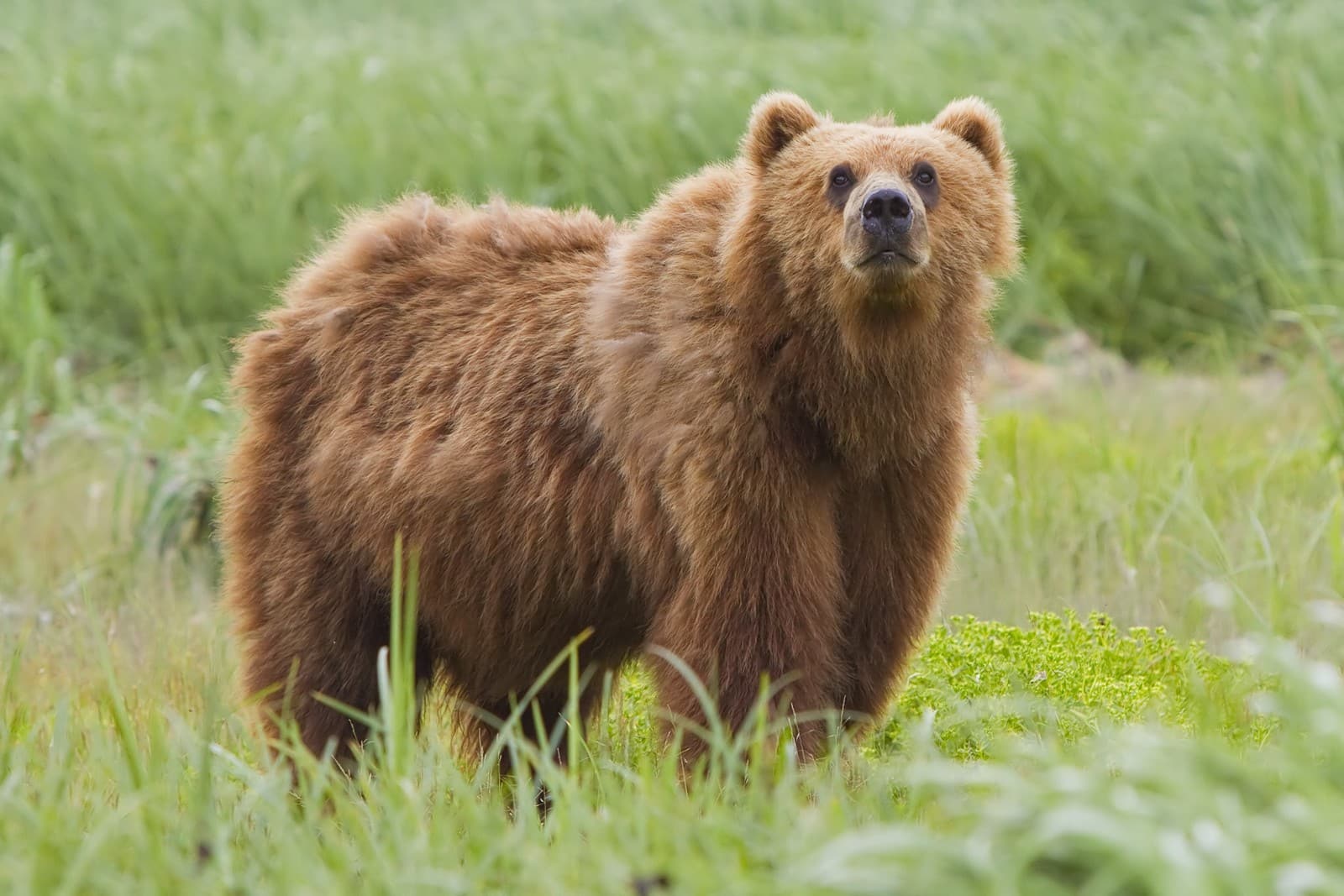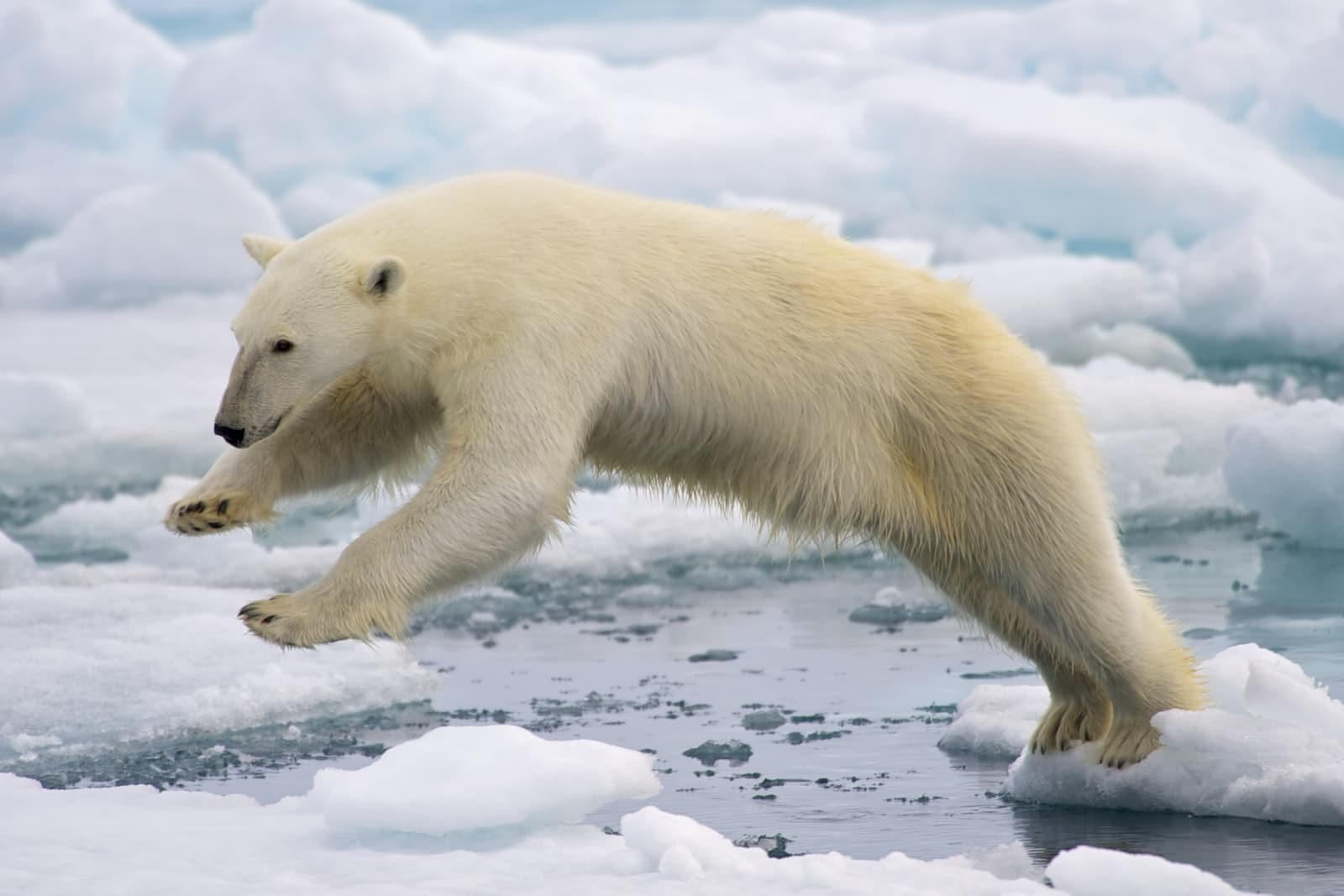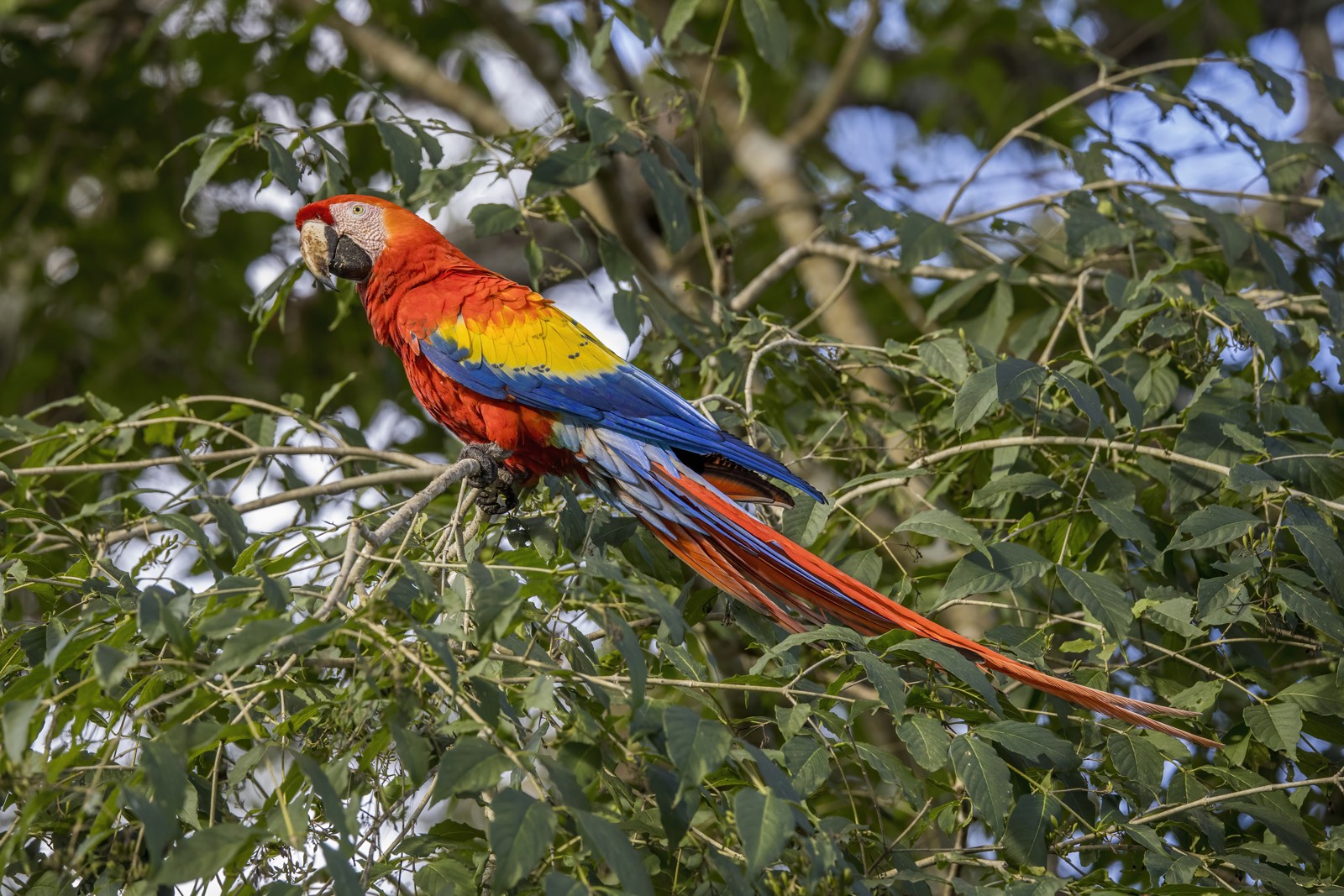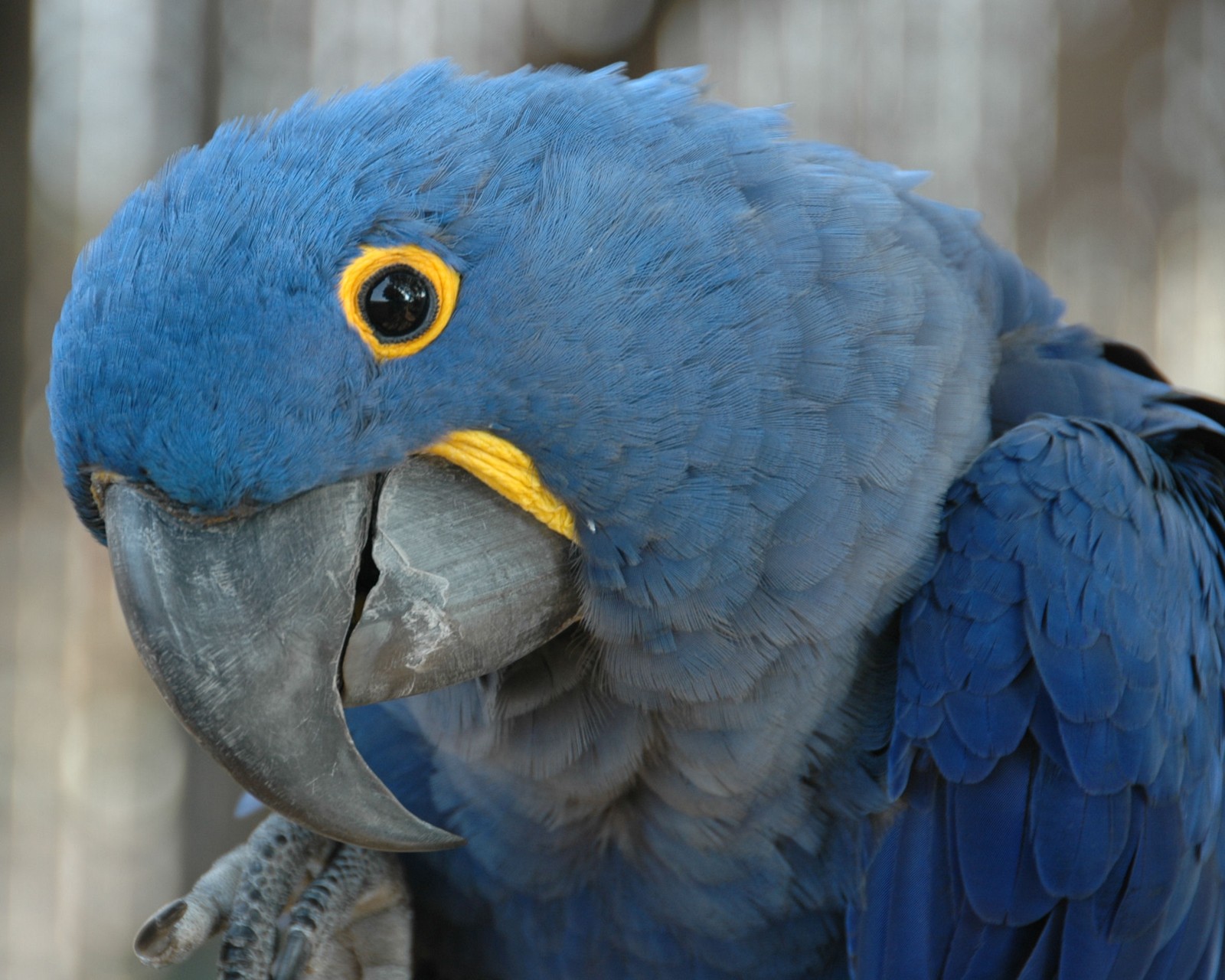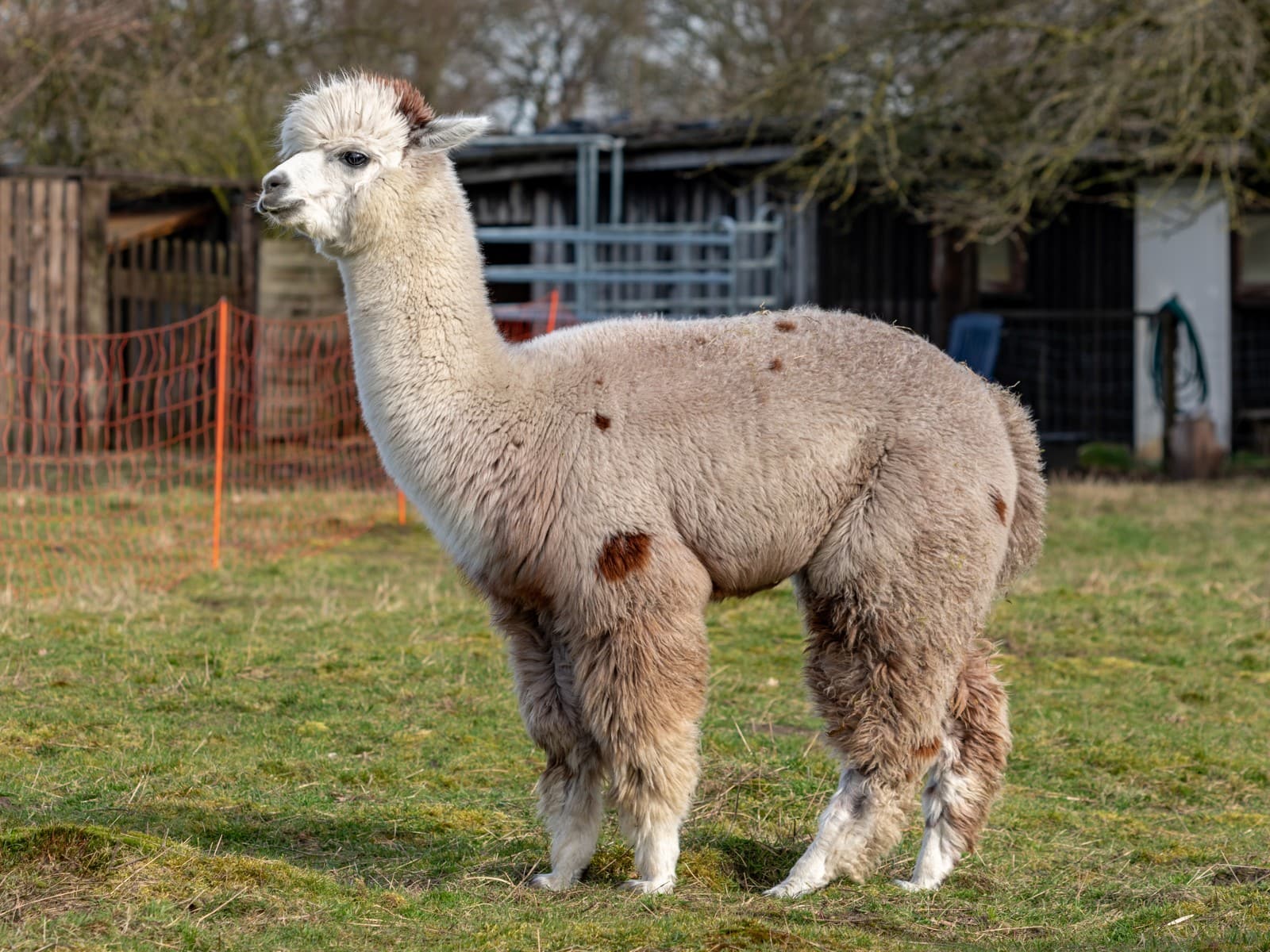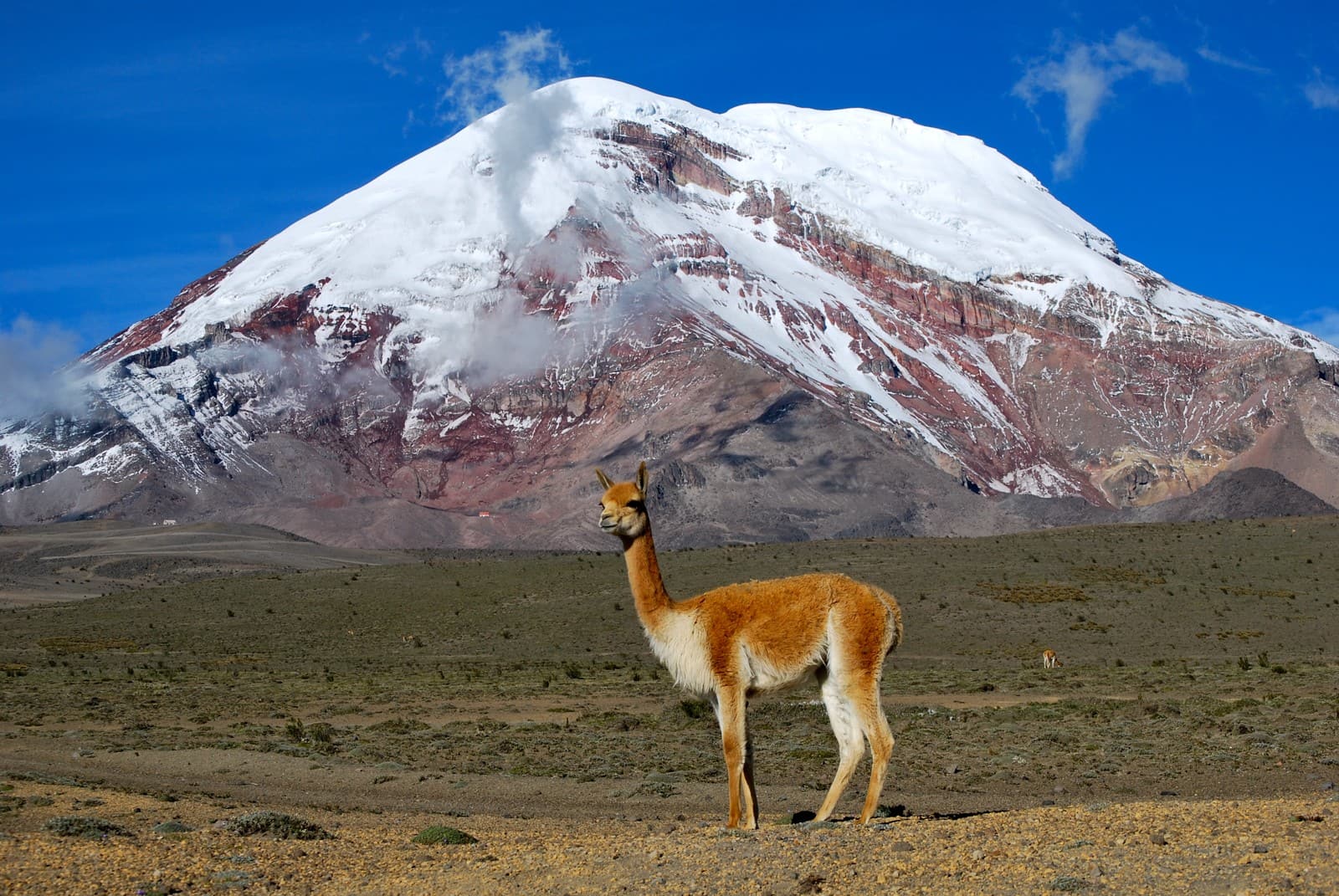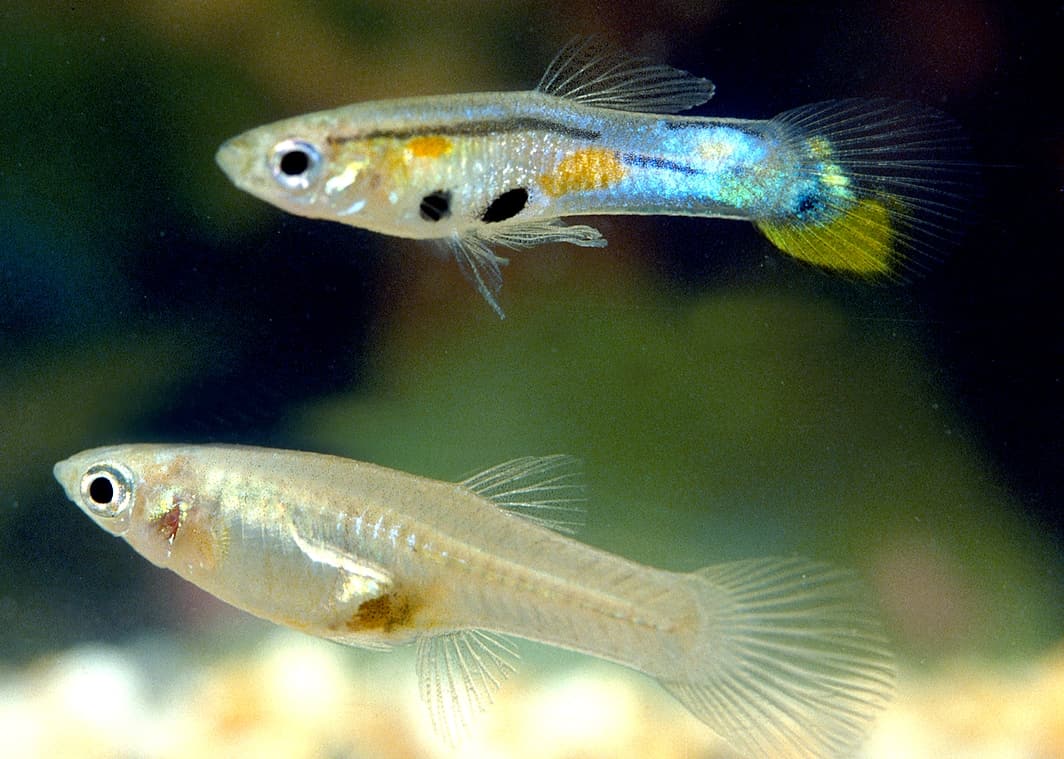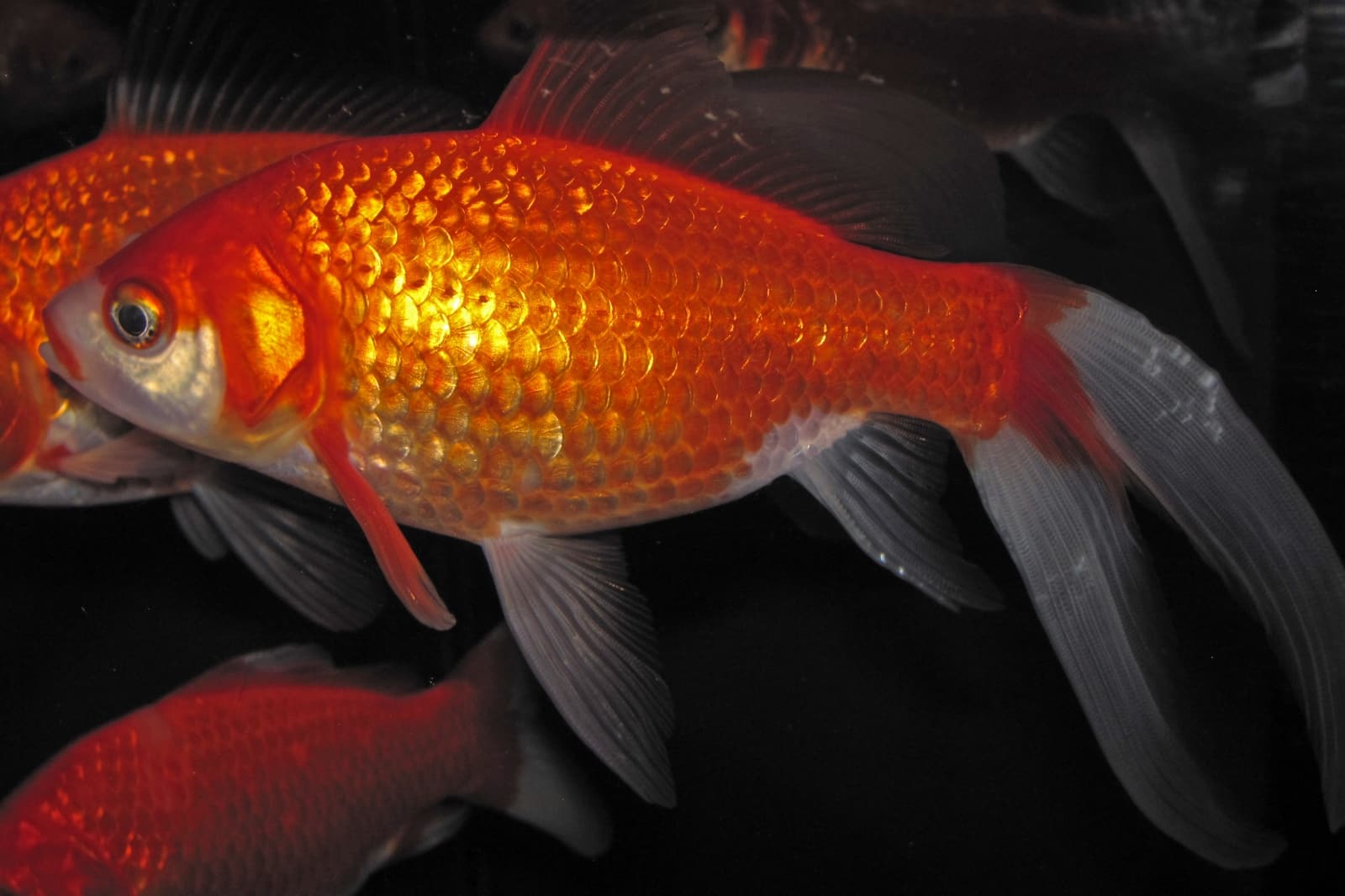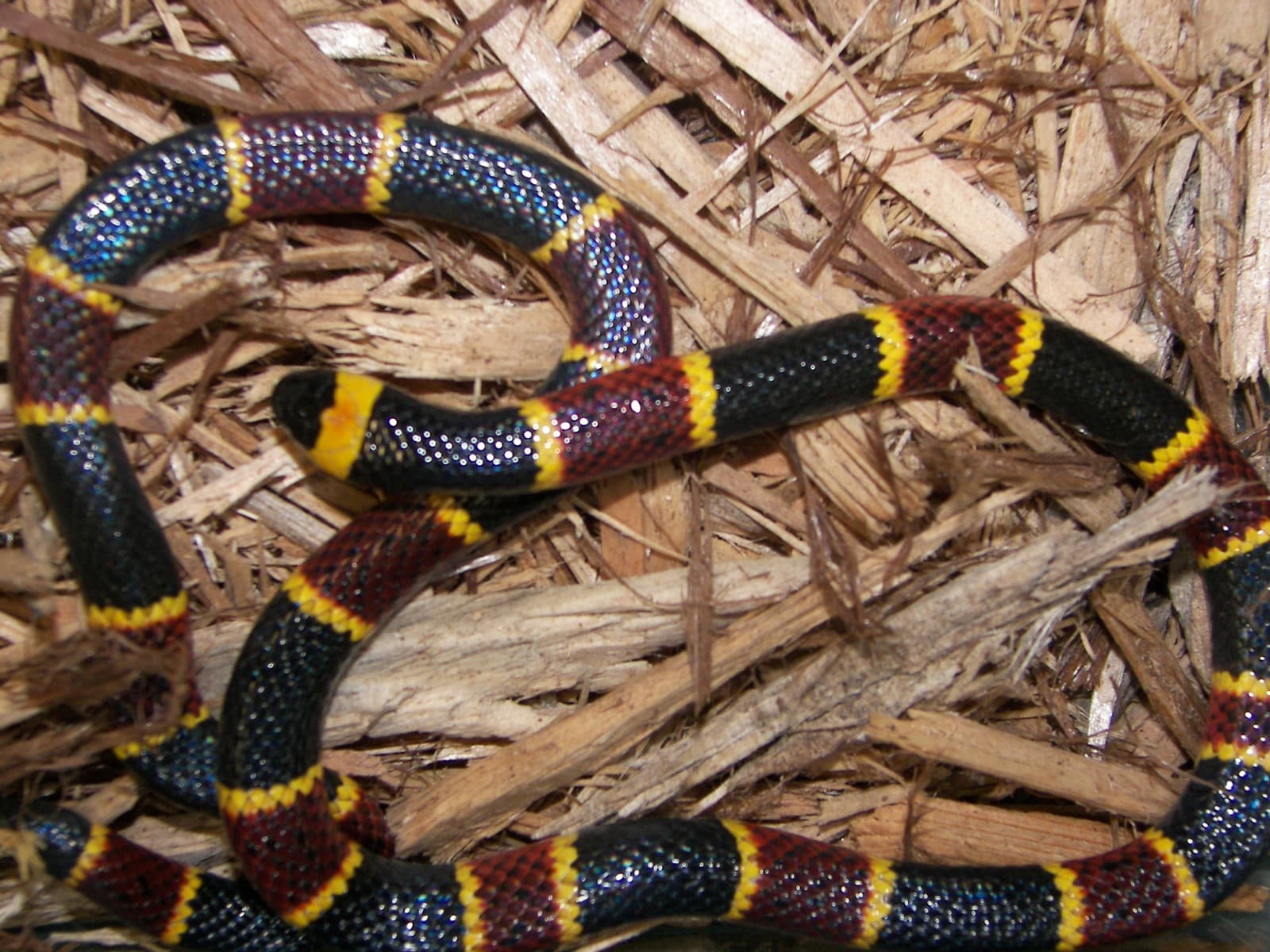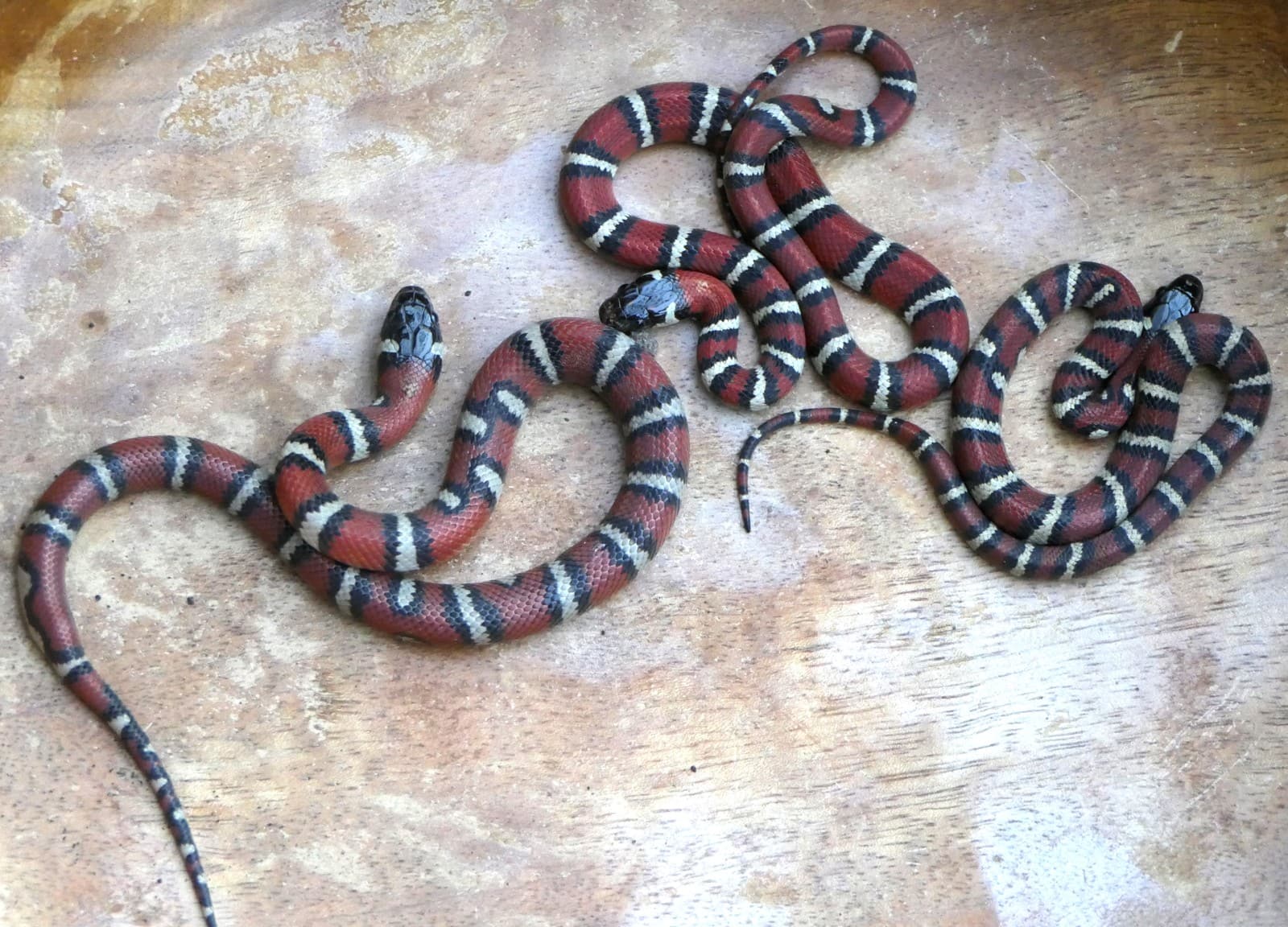Panda Bear vs Polar Bear: A Complete Comparison
When comparing Panda Bears vs Polar Bears, we find two remarkably different members of the bear family that have evolved to occupy completely distinct ecological niches. While the Giant Panda has adapted to a peaceful herbivorous lifestyle in the bamboo forests of China, the Polar Bear has become the Arctic’s apex predator, capable of surviving in the harshest frozen environments on Earth.
The size difference between these bears is striking – Polar Bears are significantly larger, weighing up to 1,500 pounds (680 kg), while Giant Pandas typically reach only 300 pounds (136 kg). This dramatic contrast reflects their vastly different diets and survival strategies, with each species perfectly adapted to its unique environment.
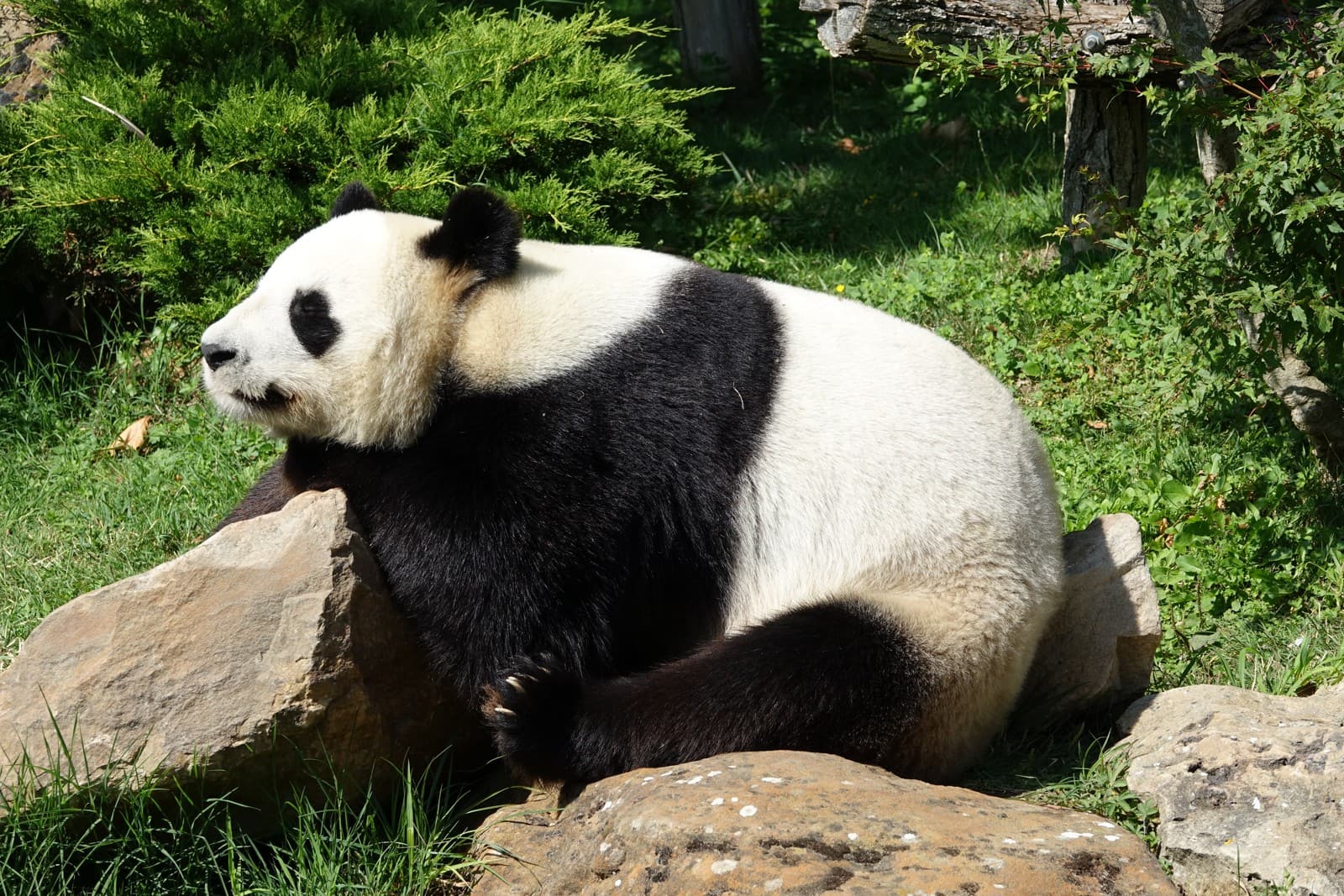
© Gzen92 / CC BY-SA 4.0
The Giant Panda, with its distinctive black and white coloration, represents one of nature’s most specialized bear species. This image captures the characteristic peaceful demeanor of a panda, showcasing its robust build and thick fur adapted for the cool, misty mountains of central China.
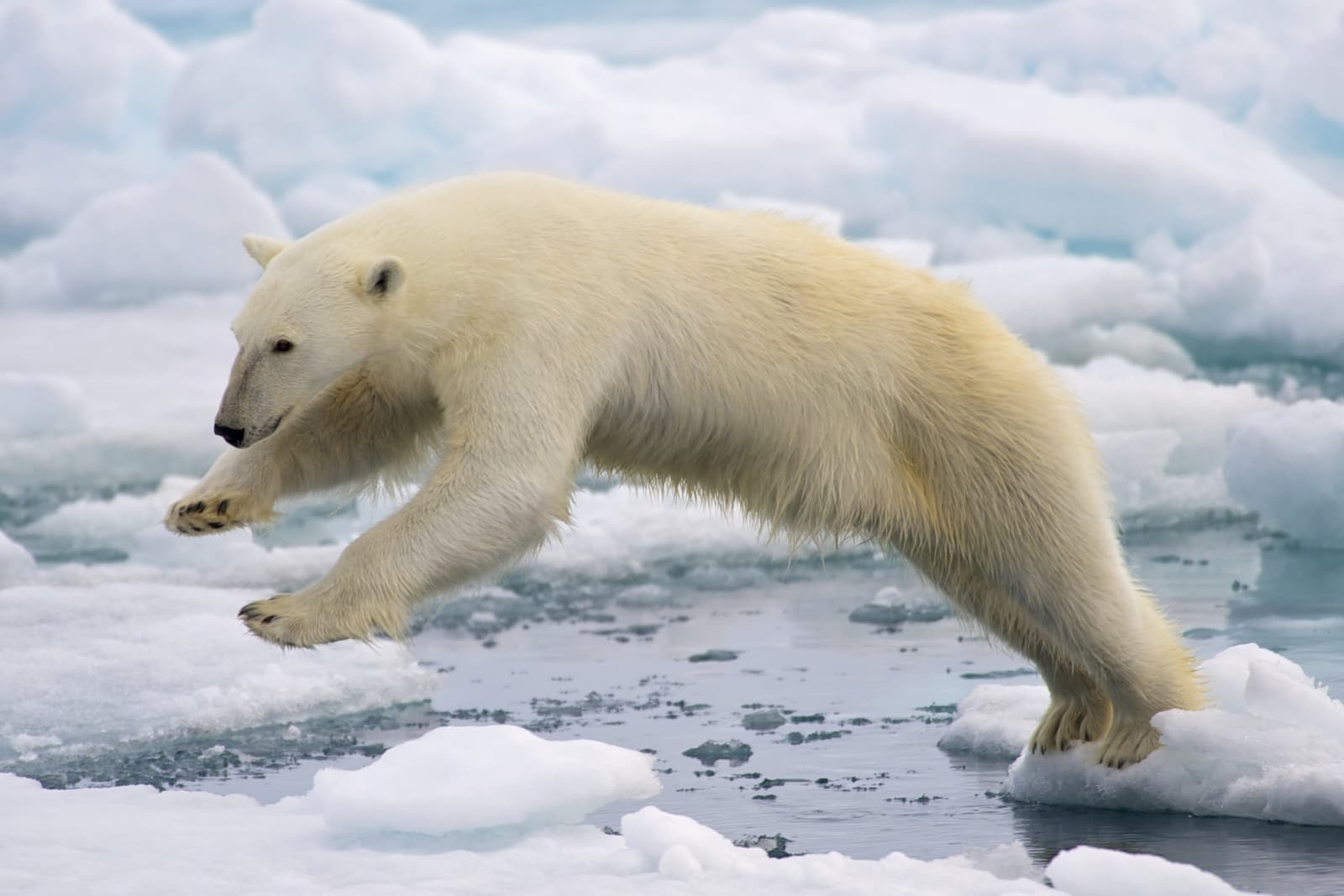
© Arturo de Frias Marques / CC BY-SA 4.0
In stark contrast, this powerful image of a Polar Bear demonstrates its incredible agility and hunting prowess. The largest terrestrial carnivore showcases its remarkable adaptation to Arctic life, with its streamlined body and thick white fur perfectly suited for both swimming and camouflage.
Key Differences: Panda Bear vs Polar Bear
| Feature | Panda Bear | Polar Bear |
|---|---|---|
| Size | 4-6 feet tall, 200-300 lbs | 7-10 feet tall, 900-1,500 lbs |
| Diet | 99% bamboo | Seals, fish, occasional vegetation |
| Habitat | Mountain forests of central China | Arctic sea ice and coastal areas |
| Coloration | Black and white | White with black skin |
| Lifespan | 20-30 years | 20-25 years |
| Swimming Ability | Limited | Excellent, can swim for days |
Habitat and Adaptation
The contrast between Panda Bear and Polar Bear habitats could hardly be more dramatic. Giant Pandas inhabit the bamboo forests of central China’s mountains, at elevations between 5,000-10,000 feet (1,524-3,048 meters). Their thick black and white fur provides camouflage in the dappled shadows of their forest home.
Polar Bears, meanwhile, roam the Arctic Circle’s sea ice, traveling thousands of miles annually in search of prey. Their white fur isn’t actually white – it’s transparent and reflects light, providing perfect camouflage against the snow and ice. Their black skin absorbs heat from the sun, helping maintain body temperature in extreme cold.
Diet and Hunting Behavior
The dietary differences between these bears highlight evolution’s remarkable diversity. Giant Pandas have evolved to be highly specialized herbivores, with 99% of their diet consisting of bamboo. They spend 10-16 hours daily eating, consuming 20-40 pounds (9-18 kg) of bamboo to meet their nutritional needs.
Polar Bears, conversely, are hypercarnivorous, meaning their diet consists of more than 70% meat. They primarily hunt seals, using their incredible sense of smell to detect prey up to a mile away. A single seal can provide several days of sustenance for a Polar Bear.
Conservation Status and Threats
Both species face significant challenges in the modern world, though for different reasons. Giant Pandas have seen their population slowly increase thanks to intensive conservation efforts, moving from “endangered” to “vulnerable” status in 2016. Currently, about 1,864 pandas remain in the wild.
Polar Bears face an increasingly uncertain future due to climate change and sea ice loss. Scientists estimate 22,000-31,000 polar bears remain in the wild, but their population is projected to decline by 30% by 2050 as Arctic sea ice continues to disappear.
Who Would Win in a Confrontation?
While such encounters would never occur in nature, analyzing physical capabilities reveals the clear advantage Polar Bears would have in any theoretical confrontation. Their significant size advantage (nearly five times heavier), powerful predatory instincts, and regular hunting experience make them formidable opponents. However, it’s important to note that both species naturally avoid confrontation, with Giant Pandas being notably peaceful and Polar Bears typically only aggressive when defending territory or seeking food.
Conclusion
The comparison between Panda Bears and Polar Bears demonstrates nature’s incredible adaptability. While both are bears, evolution has shaped them into remarkably different creatures, each perfectly suited to their specific environmental challenges. Their contrasting characteristics – from size and diet to habitat and behavior – make them fascinating subjects for scientific study and wildlife conservation efforts.
